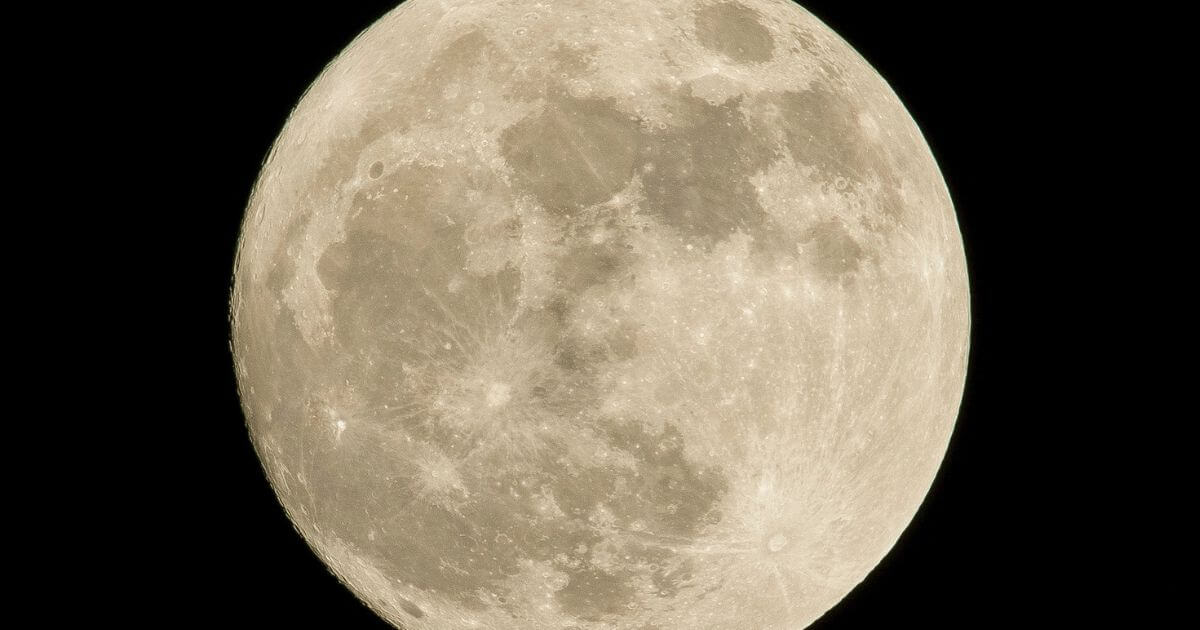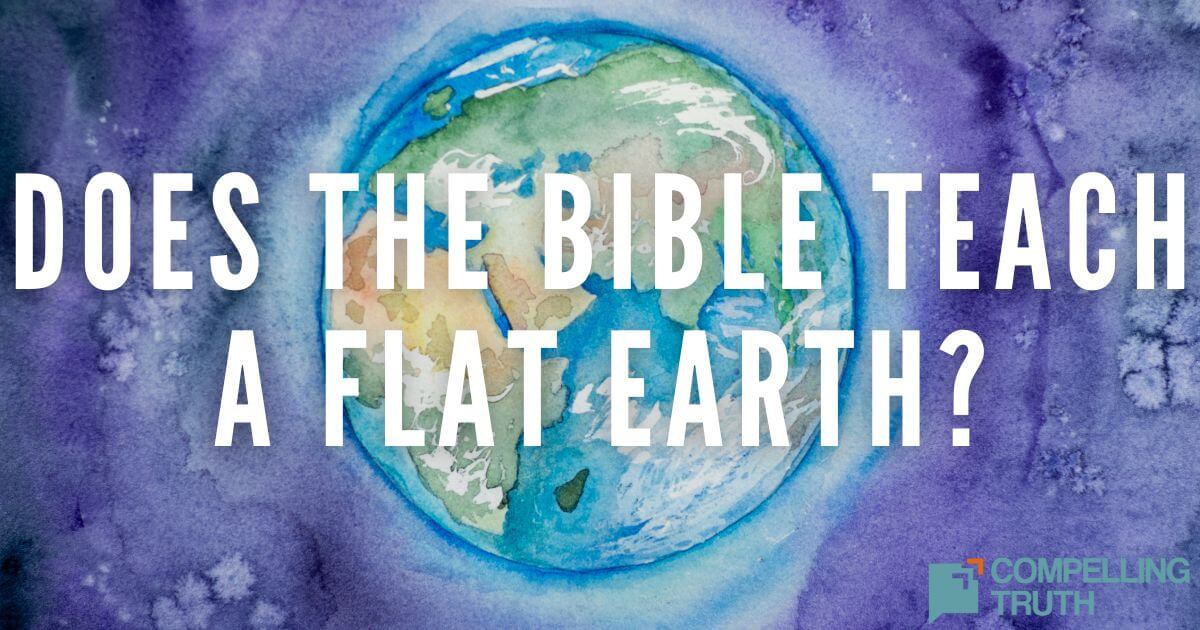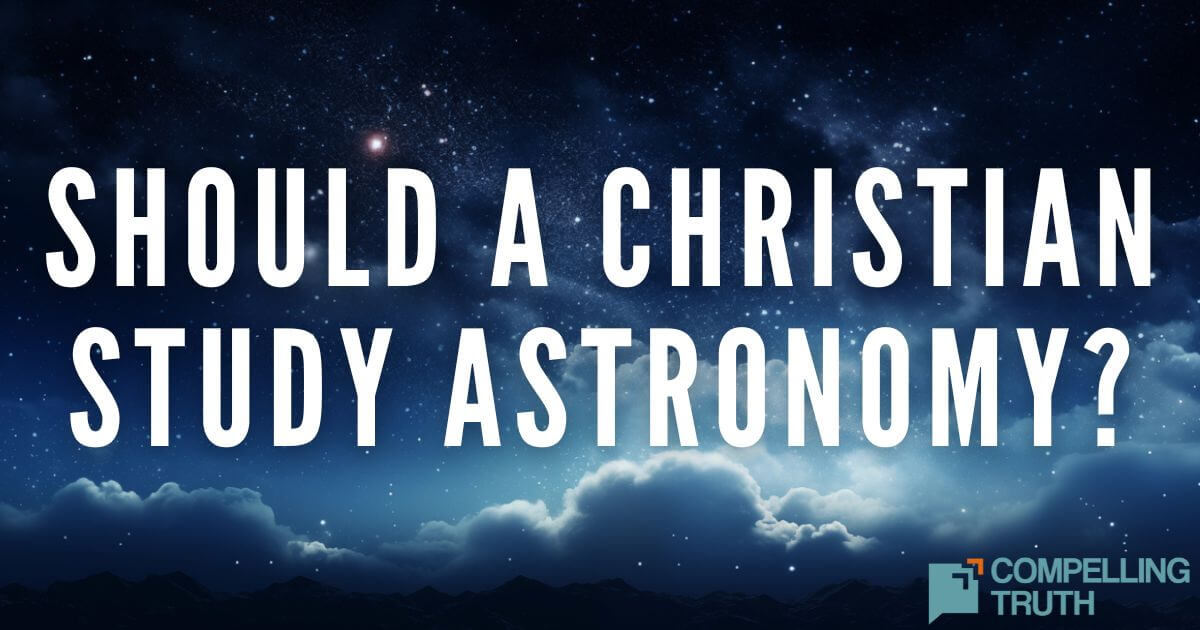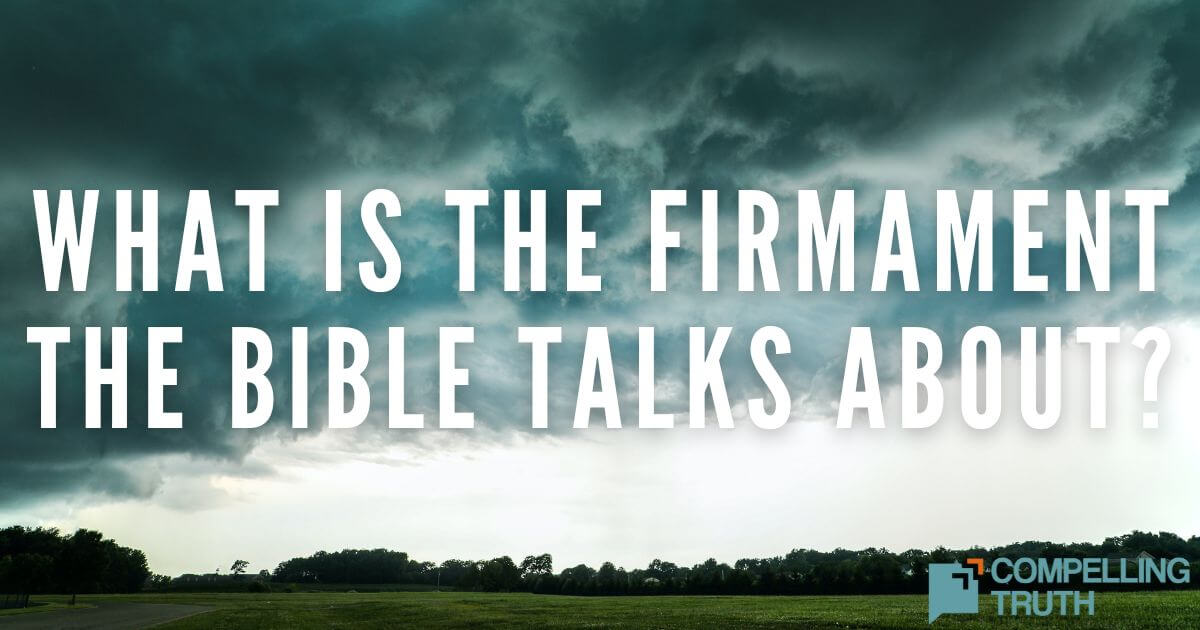what does the bible say?
In Genesis 1:16, the Bible says, "And God made the two great lights—the greater light to rule the day and the lesser light to rule the night—and the stars." The "greater light" is the sun, and the "lesser light" refers to the moon. While the moon does not produce light on its own, it reflects the sun’s light, and this illumination governs the night. The Bible uses language that describes things as they appear to the human eye. This is known as phenomenological language, where descriptions match human experience, rather than strict scientific detail. In the same way we say "sunrise" even though it’s the Earth rotating, the Bible calls the moon a "light" because it provides illumination even though it reflects light from the sun.
The intent of these descriptions is to help us understand God's creation, not to provide a technical explanation of astronomy. Other passages that use similar language about the moon’s light include Isaiah 30:26, where it says, "the light of the moon will be as the light of the sun," and Mark 13:24, which describes the moon’s light being darkened as part of future cosmic events. In all these cases, the Bible is focused on the moon’s role in lighting up the night.




